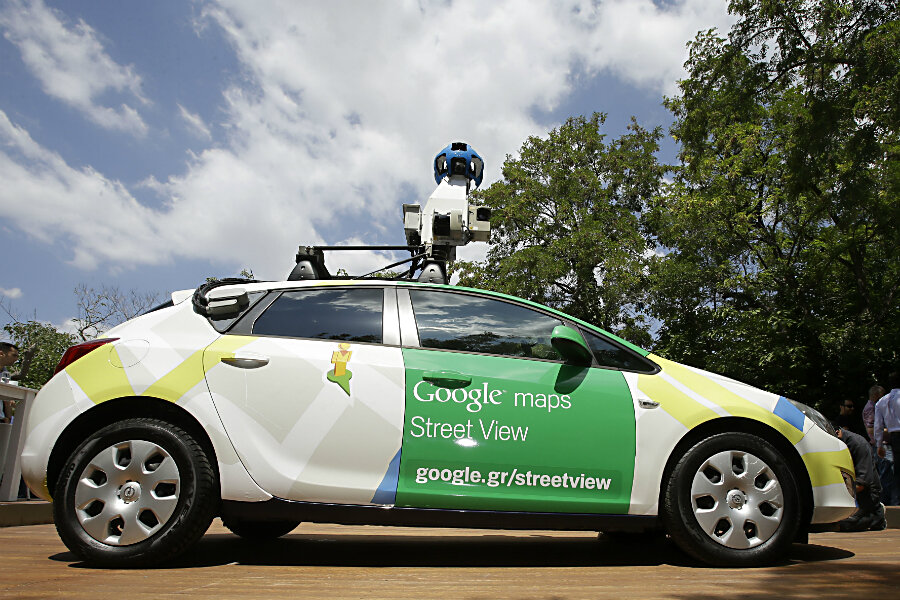Google equips 'Street View' cars with sensors to monitor air pollution
Loading...
From checking out various cities to taking a virtual vacation, Google's Street View – a technology featured in Google Maps and Google Earth – has provided 360-degree views from positions along many streets in the world.
Now, instead of taking panoramic pictures of everything it can, Google Street View is now mapping that which the eye cannot see.
Google has partnered with tech startup Aclima to equip Street View cars with a mobile sensor platform to map urban air quality in a project conducted with the US Environmental Protection Agency (EPA) and NASA.
"We have a profound opportunity to understand how cities live and breathe in an entirely new way," Aclima CEO Davida Herzl said in a statement. "With more than half of the world's population now living in cities, environmental health is becoming increasingly important to quality of life."
The first pilot project was conducted in Denver, Colo., where three of Google's Street View cars were equipped with Aclima's sensors as they cruised around on city streets, collecting information about the particles floating in the air for over a month.
“They measured for chemicals that are hazardous to breathe, like nitrogen dioxide, nitric oxide, ozone, carbon monoxide, carbon dioxide, methane, black carbon, particulate matter, and Volatile Organic Compounds (VOCs),” Tech Crunch reports.
To assess if air quality is meeting – or exceeding – public-health standards, the EPA relies on an extensive network of stationary equipment, placed in urban areas, that measure carbon monoxide, nitrogen dioxide, sulfur dioxide, particulate matter, hydrocarbons, and photochemical oxidants.
“Environmental air quality is an issue that affects everyone, especially those living in big cities," said Karin Tuxen-Bettman, program director for Google Earth Outreach. "This partnership with Aclima enables us to take the next steps in our pilot project to utilize Street View's existing infrastructure and test Google Maps as an environmental sensing platform for mapping the environment."
This fall, Google and Aclima will expand their mapping efforts to the San Francisco Bay area. Eventually, the mobile sensing platform will roll out to many more communities where Google Street View vehicles drive.
"There's unlimited potential for our work to help improve the health and resilience of communities everywhere," Herzl said.
This is not the first time Google has partnered with Aclima. The two companies previously partnered to track the quality of air inside Google’s 21 office buildings around the world. The network processes 500 million data points daily, including comfort measures of temperature, humidity, noise, and light, and air pollutants like carbon dioxide and particulate matter.







